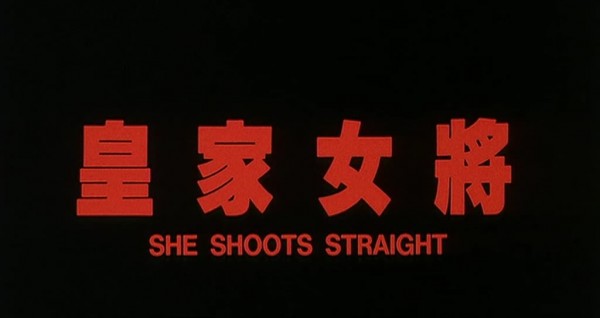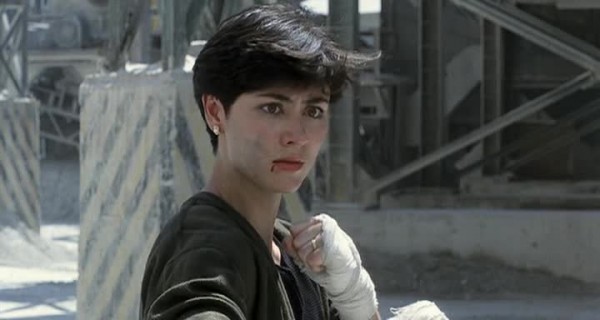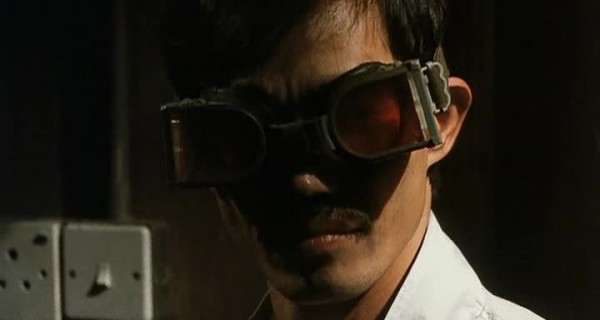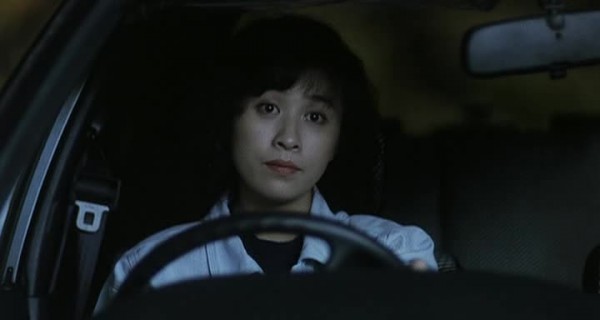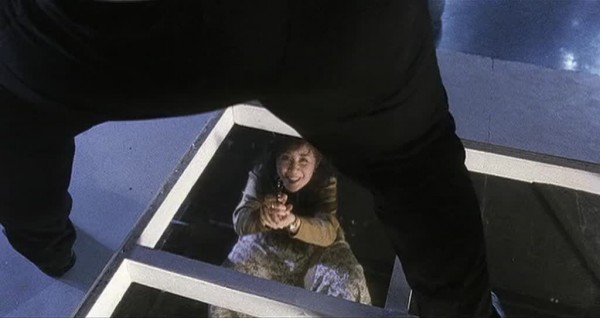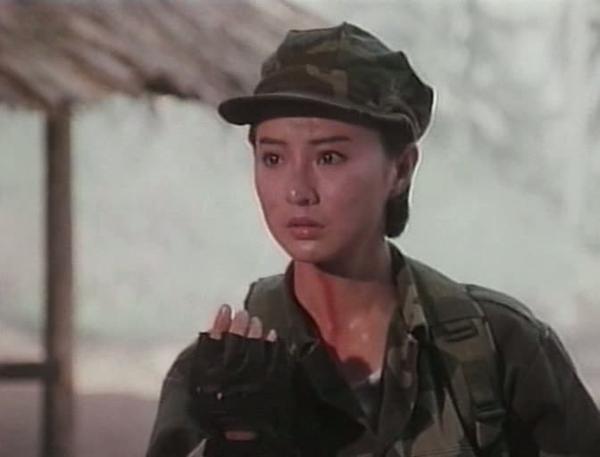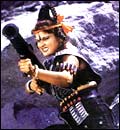This article is from the year 2000, but has lots of cool information so I am reproducing it here. It goes into an overview of the C-grade cinema films that were a cash cow in the country at the time, mostly focusing on the Women getting revenge genre. Besides showing how those films make a profit, it gives us some actresses and films to keep an eye out for. Indian low budget cinema is a genre barely covered in Western media and all but ignored in Indian media as well.
Bandolier Babes
Clad in black leather and brandishing guns, these buxom heroines with rudimentary acting skills are hamming their way to box-office profits
By Sandeep Unnithan
C-ECONOMICS
The writhing heroine is in the process of “losing her honour” to the troika of the lala, thakur and thanedaar. Macho hero Dharmendra wades in throwing punches and snorting his trademark “kuttey kameenay”. But he’s too late to prevent the humiliated woman from becoming a vengeance-seeking dacoit.
No 1970s Bollywood retro or an MTV promo this. In the less demanding depths of C-moviedom, the dacoit saga is going through a renaissance. With one difference: the protagonist is a woman. So there’s Lady Dacoit, Geeta Mera Naam, Basanti, Thakurain, Champakali or Daku Maharani. Acting skills aren’t required; it’s enough that they impart some credulity to action sequences and can ride horses. One other thing: an ample bosom is a must, if one goes by the cleavage on the garish posters. “A Hunterwali,” sums up producer Vimal Jain. Established actresses like Satnam Kaur command between Rs 5,000 and Rs 10,000 per day. Freshers are paid a measly Rs 500 a day and are required to pass a screen test. In any case, they “only want a chance to appear before the camera”, offers Jain.
“I’ll do whatever role is offered to me. It’s better than sitting at home,” sighs Kaur, a stocky 30-something virago of Daku Dilruba and Zohrabai. She has spent very little time at home in the past few months and is C-filmdom’s No. 1 with over a dozen films on the floor. As for her repertoire, listen to her sister Rajni, who says, “Satnam is away shooting for a dacoit film. I don’t know which, they’re all the same.”
Says Jain, a handicraft-exporter-turned-producer of Phool Bani Phoolan, Sultana Mera Naam and Daku Maharani: “We cater to the front-benchers who want action and can’t digest love stories.” Trade analyst Taran Adarsh feels the action here is of a slightly different sort: “This female dacoit theme is only a pretext for introducing the element of sex-the mandatory Phoolan Devi-esque rape that justifies the actress turning into a dacoit.”
Such films offer ample scope for inserting soft porn clips that are shot separately and spliced with the film-one reason why Adarsh says they should be banned. The films also have raunchy mujras to get the hoi-polloi on their feet. “I know the stories are the same, but it makes for cheap entertainment,” confesses Lallan Yadav, a rickshaw driver queuing up for a first day, first show outside the grandiosely named Dreamland theatre in Mumbai.
The C-grade dacoit cloudburst began with the release of the innocuously-titled Munnibai earlier this year. Made by producer-director Kanti Shah for Rs 30 lakh, it sold for Rs 10 lakh a territory, ran to full houses even in Mumbai and went on to do a business of nearly Rs 1 crore all over the country. Hundreds of small-time producers rushed in, lemming like, to capitalise on the trend. “Markets are created and the little niches left behind are filled by these films,” shrugs Sholay maker Ramesh Sippy.
‘It’s Instant Justice’: These films, made for Rs 10-30 lakh, make good for distributors who cannot afford a Shah Rukh Khan or a Salman Khan. “Today you either take a high-risk gamble with a Rs 15-crore Subhash Ghai film or a low-risk gamble with a Rs 15-lakh dacoit film,” says Raza Murad. “The middle category has been wiped out by television.” Along with Shakti Kapoor, Joginder and Mohan Joshi, Murad is the perpetual baddie battling good guy Dharmendra in these films. Murad, who effortlessly plays evil thakur, corrupt police officer and dacoit, says he shoots for most films in just a single day. “It’s instant justice,” he laughs. “In the morning I do the dastardly deeds required of my character and in the evening I am punished for them.”
Passing off for the Chambal and cliched film-towns like Rampur and Sitapur are the sweaty studios of Mumbai-Chandivali, Essel and Filmcity-where these films are shot with rapid-fire regularity. Hastily dubbed and edited with stock action footage, bomb blasts, thundering hooves and advertised by garish posters, the films are auctioned off for Rs 5 lakh to 10 lakh in the five film territories to earn its makers a profit of a few lakh.
But if there’s money in these quickies, the depressed equestrian market isn’t getting a slice of it. “They’re fast,” says an exasperated Jitu Verma, whose firm has fuelled much of Bollywood’s post-Sholay horse and dacoit craze. “They use our cheapest horses and finish all the sequences in a day. We don’t make much money.”
But pace is, indeed, the essence of these films. “We believe in quantity not quality,” explains director S.R. Pratap who cans eight to nine scenes a day. In his latest Daku Kali Bhawani, a host of motorists and bystanders can be seen onscreen, gawking at the scene ostensibly set in the ravines of north India. “There is no time for details,” says the director who started out as a clapper boy in Chor Machaye Shor in 1973.
Amid all this is Dharmendra, the man who has by all accounts toppled Ooty-based Mithun Chakraborty as the king of C films. The 65-year-old star, practically out of work in big-time Bollywood, is now cashing in on his crowd-pulling potential in the northern theatre circuit. Reportedly signed on for over 20 films, Dharmendra commands Rs 1 lakh per day for a nine-hour shift. He perhaps is the greatest fan of these spaghetti easterns.

![]()








